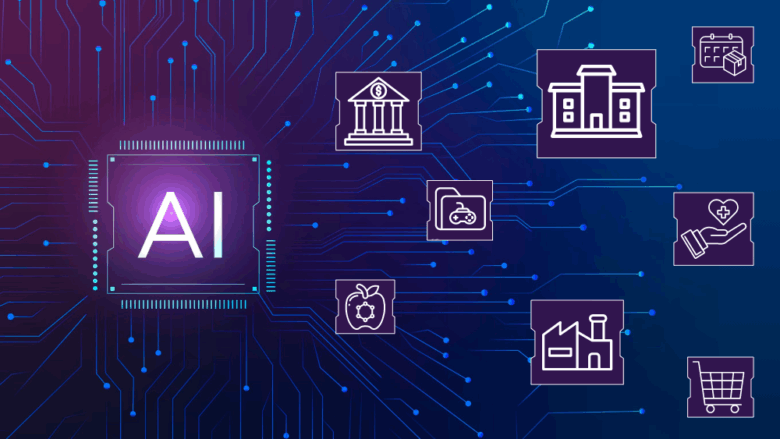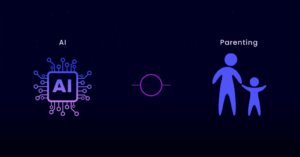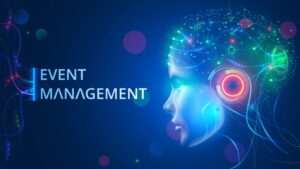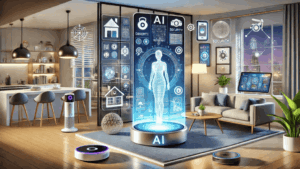Artificial intelligence (AI) is no longer an abstract concept but a transformative force, actively shaping our present and future. Of all the applications it has, the potential of AI in accessibility is among the most powerful and inspiring. Today, people who are disabled enjoy greater freedom and ease of use thanks to the revolutionary combination of AI and assistive technologies. From computer vision to voice recognition, AI-powered tools help in removing the physical as well as digital obstacles. As we move towards greater inclusion, AI is proving to be an effective partner in ensuring a more accessible society foall. . This article explores ways in which AI has revolutionized accessibility, who benefits, and what the next few years could be for this rapidly changing field.
How AI is Empowering People with Visual Impairments:
A single one of the more exciting uses that is being developed by AI to aid accessibility is the ability to assist those who are visually impaired. Technology like machine vision, object recognition, and natural processing of language has made it possible for low- or blind people to “see” their environment in different ways. Software such as Microsoft’s Seeing AI and Be My Eyes uses AI algorithms to show the text of people, individuals, and other objects in real-time via audio feedback. These apps take in the world of visuals and relay it to users using phones or other wearable gadgets. AI-powered screen readers can also assist users in navigating through websites as well as reading documents and utilizing apps with greater efficiency, providing greater independence for tasks that were previously dependent on help.
Enhancing Communication for the Hearing Impaired:
AI can also play an important role in helping the hearing-impaired community. Real-time transcription services that are made possible with speech recognition software let people who are deaf and hard of hearing comprehend lectures, conversations, and other meetings without difficulty. Apps such as Google’s Live Transcribe or Ava translate spoken words into text in real-time and ensure that communication is seamless and accessible. Artificial intelligence-driven tools for sign language recognition are being developed that allow gestures to be understood and transformed to text or speech, which creates a two-way communication bridge. These advancements are dramatically cutting down on communication gaps and increasing professional and social interactions for those who are hearing impaired.
Supporting Cognitive and Learning Disabilities:
AI does not stop at physical impairments; it also offers a huge aid to people suffering from difficulties with learning and cognitive abilities. For those suffering from conditions such as dyslexia, ADHD, and autism, AI-powered learning tools make learning more personalized and accessible. The adaptive learning platforms employ machine learning algorithms to evaluate the speed, preferences, and level of comprehension of each student and adapt the content accordingly. Virtual assistants, as well as AI tutors, assist in explaining complex topics in a way that is easier to understand, and AI speech-to-text and text-to-text software allow for more efficient writing and reading. These advances provide a more all-inclusive educational experience that meets the needs of every pupil.
AI and Mobility Assistance Technologies:
Devices that provide physical assistance and enhanced autonomy for people with mobility limitations are integrating AI. Exoskeletons and wheelchairs that are powered by Acanto learn from the habits of users and their surroundings to help them navigate more securely and effectively. Robotic arms with capabilities, along with smart home automation, allow users to accomplish everyday tasks ranging from opening doors to controlling appliances using voice commands or eye-tracking systems. These advancements aren’t just improving the quality of life for people but also allow for increased participation in both work and social life. The advancement of automated vehicles, though still in the process, has huge potential in the future of mobility solutions for disabled people.
Creating More Inclusive Digital Experiences:
The world of the internet is full of obstacles to people with disabilities unless they’re made with inclusiveness in the back of your mind. AI helps designers and developers create websites and apps that are more accessible to everyone. Tools such as Google’s Accessibility Scanner or Microsoft’s Accessibility Insights utilize AI to find and suggest solutions to accessibility issues in websites and apps. Thai-I engineered alt-text generation automatically creates relevant descriptions of images for screen readers, whereas intelligent captioning tools enhance video accessibility. These innovations are helping comply with legal requirements like WCAG (Web Content Accessibility Guidelines) and, even more importantly, make sure online spaces remain available and accessible to everyone regardless of their ability.
Challenges and Ethical Considerations in AI for Accessibility:
Although the advancement of AI-accessible tools can be a positive thing, it’s important to recognize the difficulties that it brings. Security and privacy of data are the main concerns, particularly when it comes to sensitive data of users. Incorrectness in AI algorithms could result in inaccurate or unfair outcomes, particularly if the training datasets aren’t varied enough. In addition, digital technology can hinder accessibility for individuals with disabilities. Not everyone with disabilities has the resources or ability to utilize AI-powered tools. Design for inclusiveness, ethical development, and accessibility for all must be prioritized to ensure the advantages of AI are shared equally.
The Future of AI in Accessibility:
The future of AI accessibility seems thrilling and promising. If AI continues to advance and improve, we can expect more advanced systems that can anticipate and respond to users’ demands in real-time. Wearable technology, brain-computer interfaces, and smarter systems for homes may become the standard for those who have disabilities. Integration with the latest technologies, such as augmented reality (AR) and virtual reality (VR), can provide new avenues of possibility in education, employment, and entertainment. Collaboration between tech businesses, advocacy groups, and individuals who are disabled will be crucial in making sure the effectiveness of these technologies is truly great and accessible to all. The journey continues, but AI is undoubtedly creating a more inclusive and fair world.
Conclusion:
AI for accessibility isn’t just about technology but also about empowerment, inclusion, and equity. With the aid of AI systems, disabled people have access to resources and opportunities previously beyond their reach. It doesn’t matter if it’s improving mobility, enhancing communication, or helping with the education of children; AI is transforming lives and removing barriers in profound ways. However, constant attention to the ethical aspects of development, affordability, and user-centric design is essential to making the most of these technologies. As AI is more widely integrated into our everyday lives, its importance in making our world more accessible will only increase. We can ensure that the future is smart and inclusive by using AI carefully.
FAQs:
1. Could you please clarify what AI accessibility entails?
AI accessibility refers to the use of artificial intelligence to enhance your quality of life as well as accessibility to technology for those who have disabilities. It is a term used to describe systems and tools that aid hearing, vision, mobility, learning, and communication.
2. What AI tools assist visually impaired users?
Tools like Microsoft’s Eyes AI and Be My Eyes, along with smart screen readers, assist visually impaired users in interpreting their surroundings and navigating to digital content by using speech feedback as well as object identification.
3. What is HTML0? How can AI help people who suffer from hearing impairment?
AI supports hearing-impaired individuals with applications that allow real-time transcription, such as Live Transcribe, captioning software powered by AI, and new technology for recognizing sign languages, which bridges the gap between communication and speech.
4. Does AI aid the treatment of learning disabilities?
Yes, AI-driven platforms offer customized learning, individualized tutoring, and assistive reading/writing tools to aid those suffering from dyslexia, ADHD, and autism to improve their learning at their speed.
5. Are there ethical implications of AI improving access?
Major concerns include the privacy of data algorithms, biases in algorithmic design, and unequal accessibility to technologies. Ethics-based development should focus on transparency, inclusion, and ensuring tools are accessible and beneficial for all users.




